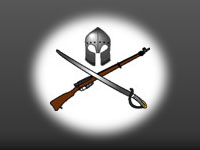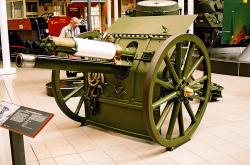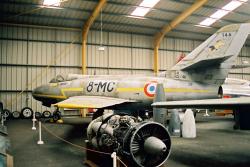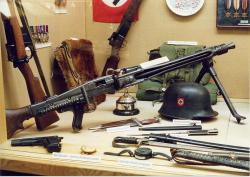Translate this Page
Anniversaries for today :
Welcome to Clash of Steel!
[ About us ]
[ Contribute a battle ]
[ Contribute a review ]
[ Contribute a reenactment group ]
[ Contact us ]
Featured battle : Arcis-sur-Aube
Part of The French Revolutionary and Napoleonic Wars
Date : 20 March 1814 - 21 March 1814
Day one consisted of French attacks all of which were repulsed. Day two was a French withdrawal and Schwarzenberg, in the face of a strong rearguard demonstration, did not attack in strength. The Allies again missed a golden opportunity to inflict a heavy defeat on Napoleon.
Featured image :
Armstrong gun
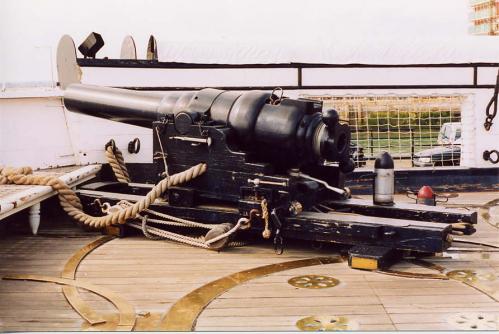
The bow 110lb, breech-loading Armstrong gun on board HMS Warrior.
Gallery updated : 2022-04-04 08:33:43
Featured review :
The Men of Wellington's Light Division
Gareth Glover and Robert Burnham
The vast majority of this book consists of letters written by officers of the 43rd Light Infantry to their families and friends back home. The authors have done a splendid job in searching out these previously unpublished accounts of the lives of these men. The reader gets a fascinating insight into what mattered to the men. The range of their concerns/interests is enormous but food, money, clothing, billeting and promotion get regular mention. There isn’t a great deal of detail about the actions they were part of perhaps this is avoided to spare the recipients although the wounding and death of fellow officers and men is often reported. One particular poignant letter from Ensign John Brumwell where, after having the officers on each side of him killed, he writes ‘I am beginning to think the ball is not yet cast that is intended for me.’ The next letter his parents received was to tell them of his death.
This book contains a wealth of information, written without the ‘benefit’ of hindsight, which will enrich our understanding of life in Wellington’s army. We highly recommend it as a jolly good read.
Frontline Books, 2022
Reviewed : 2023-01-16 14:19:39
